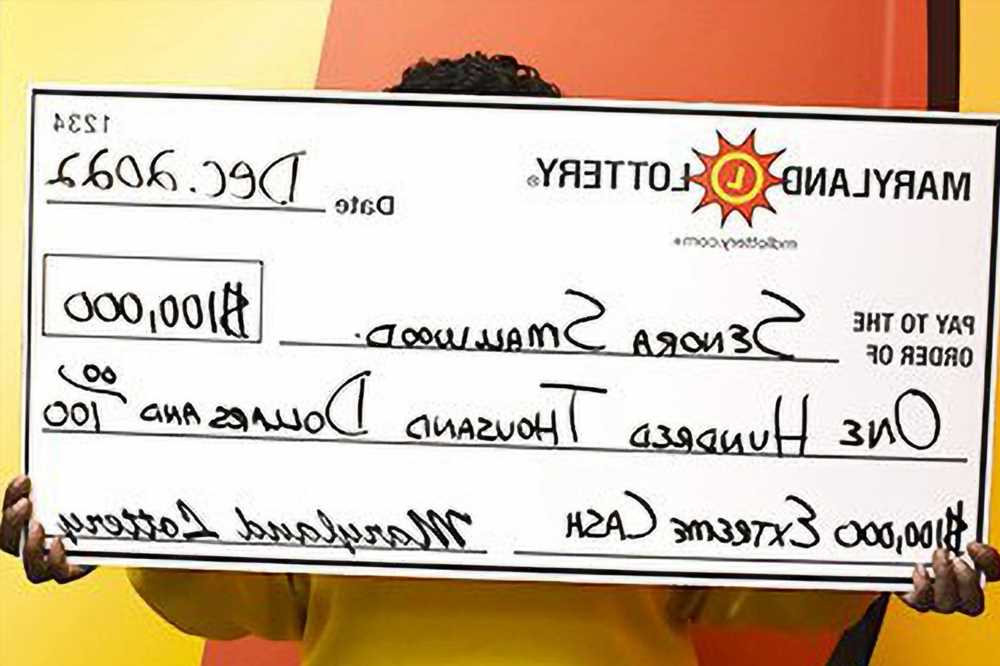The UK is set to face freezing temperatures this week, with snow and ice warnings in place until Sunday and lows of -10°C expected in some parts on the country.
This will be a cause for concern for the many Brits struggling to pay heat their homes as energy prices continue to soar amid the cost of living crisis.
One thing that many of us are turning to during chilly nights is the electric blanket. There’s nothing better than slipping into warm sheets just before drifting off. But what is this habit doing to our monthly bills?
Is it more cost efficient to turn the heating off earlier and whack on the electric blanket instead? Or is the cosy bedtime appliance one of the culprits responsible for pushing up your bills?
The different kinds of electric blanket
Well, first of all it depends on the type of electric blanket you are working with.
Electric underblankets cover the mattress up to the pillow area, heated mattress covers reach across the entire mattress but don’t have wiring under the pillow area, and electric overblankets can be added inside your duvet cover or used like a normal blanket underneath a duvet.
Each type uses a different amount of energy. Thankfully, it isn’t too difficult to work it out.
Every electric blanket says how much energy it uses at full power with its wattage. This means you can work out how much it will cost to use per kilowatt hour of electricity.
How much energy do electric blankets use?
According to Ofgem, as of October 2022, one kWh of electricity costs around 52p – a significant increase from April of this year when one kWh cost 20p.
To work out the cost of yours you need to convert the above figure from kilowatts to watts – 100W being 0.1kWh – and then multiply it by the pence per unit, which in this case would be 0.52.
So, a 100W electric blanket at 52p per kWh above would cost just over 5p to run at full power for an hour.
So, if you leave it on for two hours before bed – that’s around 10p. And if you accidentally fall asleep and leave it on over night, it might cost a few quid. But that’s unlikely to be a regular occurrence.
Electric overblankets, underblankets and mattress protectors all tend to have similar wattages. But having the option of different settings can make them less expensive to run.
A wide range of heat settings makes the blanket cheaper to run as you can set them to the ideal temperature.
There are some discrepnecies in reports of how much electric blankets actually cost to run.
Money saving expert Martin Lewis previously shared a guide to help ‘heat the human not the home’ amid the energy bills rise, and his guidance said a cheap electric blanket (costing £14) costs 3p an hour to run. That equals a cost per week of £1.37 if used for seven hours a day.
Can using an electric blanket save you money?
Using a low wattage electric blanket can keep your heating costs to a minimum, and they use much less energy than furnaces or portable heaters.
However, these devices can still increase your monthly electric bills, so it’s important to understanding the cost of operating an electric blanket before deciding if using one makes sense for your budget.
Once you know the wattage of your blanket and have figured out the different power settings, you can rest assured that using a heated blanket in bed will use much less energy than heating your whole house.
Unlike a radiator, electric blankets don’t actually get that hot. The hottest they can get is around 55°C. This is because blankets aren’t designed to heat up whole rooms, so you can lie on top of a blanket in bed and keep warm while only actually using a tiny amount of energy.
It’s important to remember that not all electric blankets are equal. All forms of electric heating should be equally as efficient as they all convert 100% of the energy they use into heating, but this isn’t always true in reality because some devices have features that let you use them more efficiently.
Electric blankets are no different – so make sure you look out for blankets that have lots of heat settings, timers and dual controls.
How to cut the cost of using an electric blanket
- Don’t crank it up to maximum heat:
Instead, opt for low and slow. Set the timer for your blanket to come on in advance so you can choose a lower heat that uses less energy. - Test out the heat settings:
Make sure you only turn up your electric blanket from a low setting when you’re not warm enough. This stops you wasting excess heat, and means it will be easier to cool it down. - Turn down your thermostat:
Most electric blankets cost very little to run, so they’re a good choice for cold nights instead of cranking up the central heating. The Energy Saving Trust estimates that turning down your main thermostat by just 1 degree could save around 10% on your energy bill.
Do you have a story to share?
Get in touch by emailing [email protected].
Source: Read Full Article




